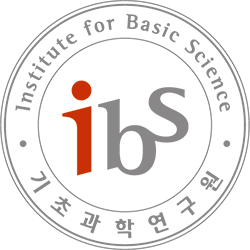Attila Joó, Base partition for finitary-cofinitary matroid families
Room B232 IBS (기초과학연구원)Let ${\mathcal{M} = (M_i \colon i\in K)}$ be a finite or infinite family consisting of finitary and cofinitary matroids on a common ground set $E$. We prove the following Cantor-Bernstein-type result: if $E$ can be covered by sets ${(B_i \colon i\in K)}$ which are bases in the corresponding matroids and there are also pairwise disjoint …

